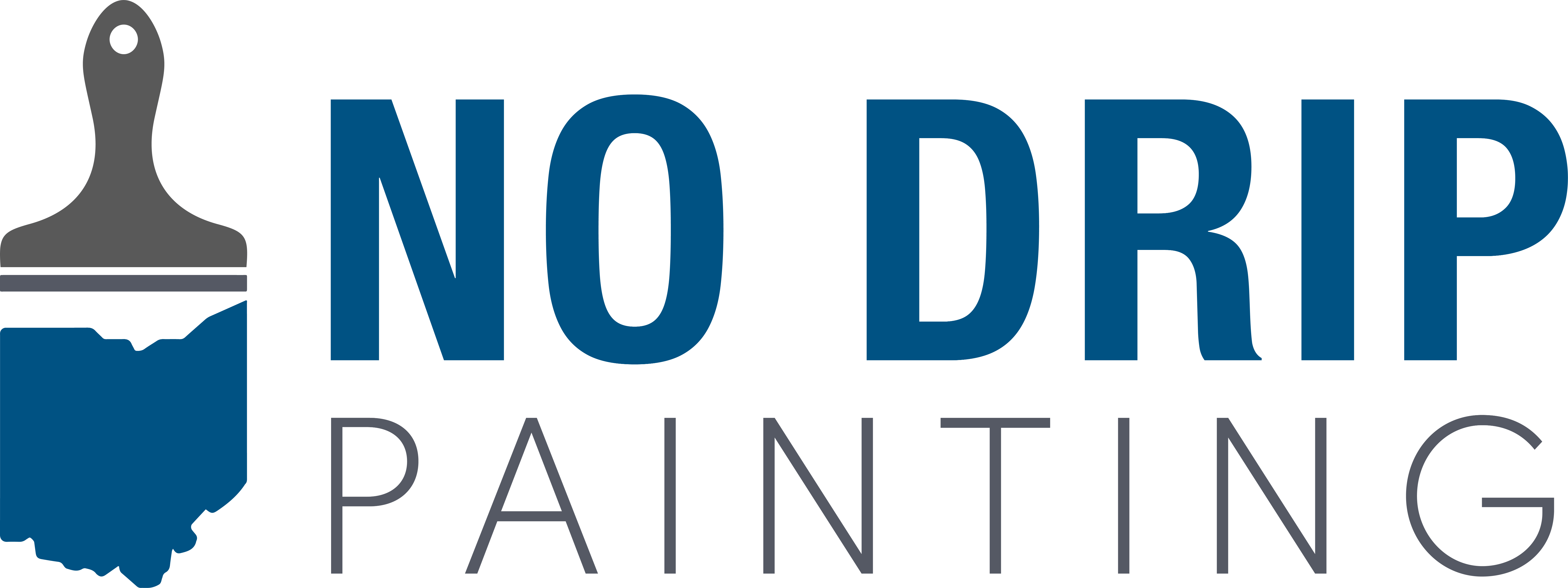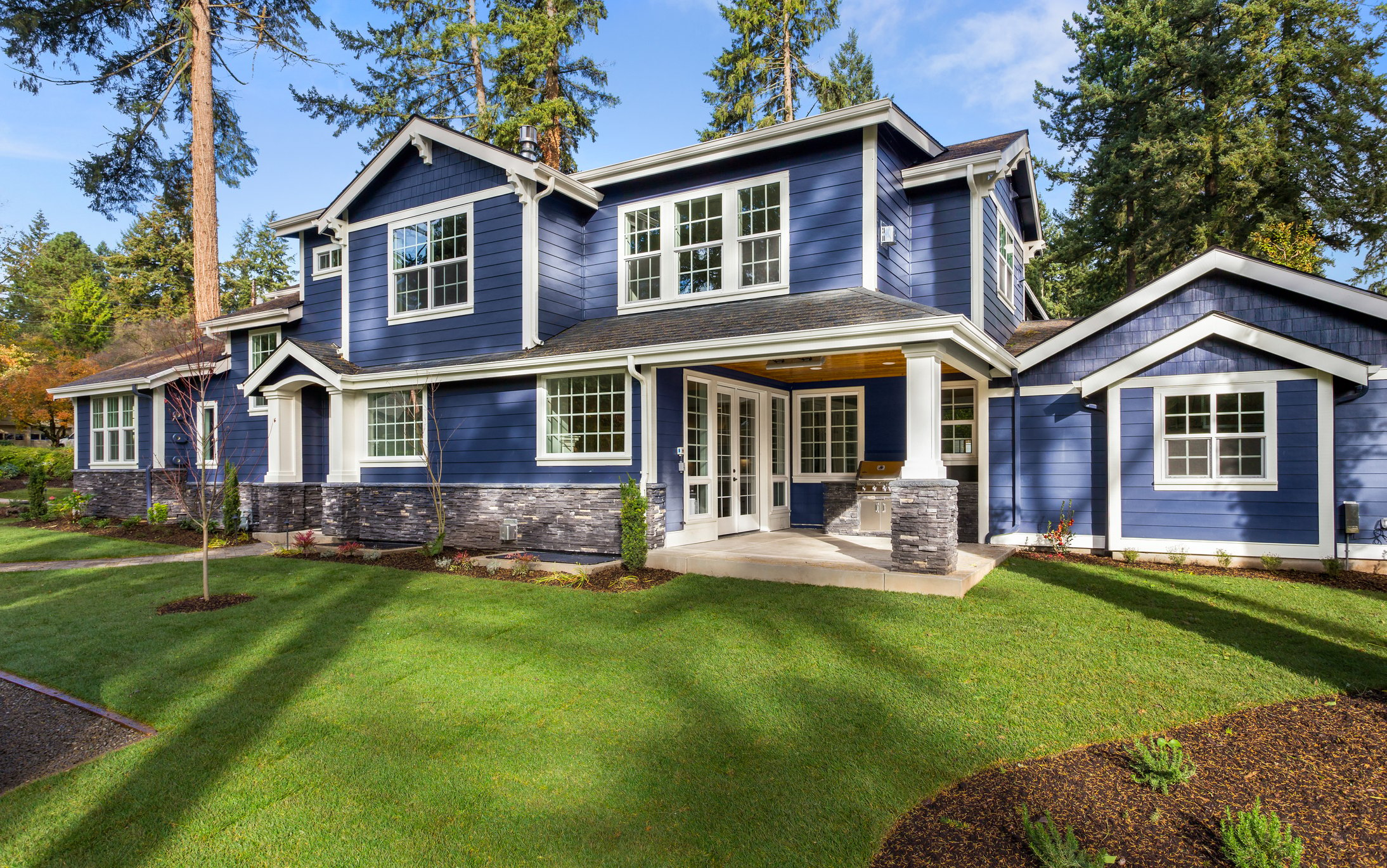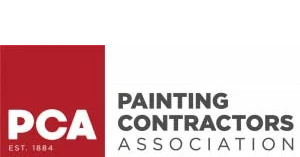The time is upon us once again. The snow has melted here in Ohio, the birds can be heard at least a couple mornings a week, and the temperatures are slowly rising. This means one big thing in the world of painting-exterior season is about to take off. With the dawn of exterior season we thought it might be helpful to lay out a few of the frequently asked questions we receive from homeowners.
Exterior painting can seem daunting and like an overwhelming size project to tackle, but let us help answer a few of those questions for you.
Answers to Exterior Painting Questions
Do I have to paint the exterior of my house?
Don’t you just hate it when people answer your question with: maybe? Let us explain. The short answer is-not all houses have to be painted. The expansion of that answer would be-many surfaces need to be painted/stained/sealed in order to prevent rot and decay.
Surfaces such as vinyl and brick do not require paint in order to maintain strong performance on your home’s exterior. The opposite is true for wood. Exterior wood surfaces such as doors, trim, porch ceilings, and fascia must be coated in order to protect from sun damage, water damage and decay. For starters, these surfaces should be primed as soon as possible to limit sun damage to the surface of the wood. Following that, the wood should be caulked, have nail holes filled and be painted to provide you beautiful aesthetics, as well as long lasting durability.
TIP: if you get a new exterior wood door, never forget to paint the top and bottom edges. This only has to be done once in the door’s lifetime (since you never see either of these edges), but skipping this step can cause damage to your door over time.
Do I have to powerwash the exterior before it gets painted?
Powerwashing is not always a necessity, however cleanliness is. Your home must be paint-ready in order to ensure strong paint adhesion and to reduce possible paint failure. What does this mean? It means your home should be free of vines, mold, mildew, chalking, chipping paint, dirt, etc.. If these concerns are isolated to an area of your home it may be possible to remove them with detergent and a hand tool. If there is large scale dirt or mold, pressure washing will likely be required.
As we do, it is recommended you consult with a local pressure washing company when this need arises. All (especially stucco and other textured surfaces) require different levels of pressure (psi) in order to prevent damage from occurring during the washing process.
When is the right season to paint my home’s exterior?
‘Season’ is subjective in this instance. We are not necessarily bound to Spring, Summer, Winter or Fall when answering this question; however, we are bound to Mother Nature’s temperature. Perhaps the largest factors in exterior painting, air and surface temperature are critical when making painting decisions. Many products these days can be applied as low as 35 degrees (F); with this, it is within the realm of possibility to often be painting as early as March and as late as the end of November. For all of you who live in the midwest, you also know that occasionally it will be 50 degrees in December, and still 25 degrees come April so following temperatures is far more necessary than following your calendar.
Just as watching morning temperatures is crucial, many products will list a maximum temperature as well. Factors such as the amount of direct sunlight, level of humidity, and daily high temperatures can all impact paint application and adhesion. Many times the recommended temperature for paint application is based, at least in part, around the time needed for proper drying. When there is an abundance of heat the result can be that many products begin to dry or cure too quickly, leading to more problems down the road.
Can all exterior surfaces be painted?
There are products and coatings for just about any exterior surface that you wish to be painted. From wood, to masonry, to metal, plastic, glass, and even vinyl-there is a paint for everything! It is important to discuss all desired painting elements with your paint contractor so that they can properly source and price appropriate materials.
Tip: As you work through the paint estimating and scheduling processes with your painting company, be sure to discuss color choices as soon as possible. Color options can be slightly limited in the exterior world.
For example, it can be very hard to paint the exterior of a home in a light yellow. Exterior paint bases are not made the same as interior paints and can limit how light you can go. It is important to know this because you may not end up with an exact color match to what you were expecting, or coverage could suffer as a result of lightening the base too much. Along with this, vinyl can be tricky to paint, color-wise. Dark paint colors can cause vinyl to warp because of the absorption of sunlight; this can be remedied by your local paint store injecting a vinyl safe additive to your paint, but you certainly don’t want to overlook this step!
Will you spray my house or brush and roll?
This question has a fighting chance to be the #1 question we receive. Many clients are simply seeking a quality result on their home, regardless of technique, while others are very concerned about their home only being sprayed because they are convinced the result is far superior. Here are a few things your paint contractor will consider when deciding upon technique:
- What is the proximity to other homes or stationary items? Spraying can use up to 2x the amount of paint (because of overspray) and that overspray must be monitored and protected against. Incredibly tight areas can prove difficult for spraying and/or require enormous prep work.
- What are the weather conditions? Spraying in cold weather (even acceptably cold for your product) can cause paint runs (or sags) when sprayed. The worst, however, are windy days. A house cannot be sprayed on windy days due to the movement of the paint and the risk of the wind carrying paint to non-painted surfaces/items.
- What surface is being painted? Paint is great for hard to get areas and surfaces with deep grooves (ie. brick). These would be ideal times to spray.
- What is the timeframe for painting? Spraying can be a great way to speed up the actual paint application time on a project; however, the contractor will factor in the extensive time it takes to set-up, wash and store away sprayers each day.
NOTE: if you are expecting a certain technique, discuss it with your contractor prior to scheduling. Get their thoughts and opinions. Technique is not always listed on an estimate and neither of you want to be surprised come painting day that you weren’t on the same page!
How expensive is it to get the exterior painted?
Well we have made it to the last question of this article and I’m not sure there has been one straight forward, go-to answer yet. So why start now? Don’t worry, we will at least give you a price range to think about.
There are many factors that are considered when a contractor prices an exterior paint job. Here are just a few:
- Height of the home
- Difficulty of angles/access to high portions of the home
- Detail of woodwork (i.e modern trim is quicker to paint than multi-colored Victorian trim)
- Has the surface been painted before? How many coats will be needed?
- Are custom applications being used? (i.e staining or limewash)
- How many colors will be used?
- Size of the home
- Degree of prep work needed (i.e how many windows need masked off? how much landscape protection is needed?)
Ballpark answers (that, understandably, can vary greatly depending on region of the country and various other factors): a small ranch could range a customer between $2,000-$4,000, a midwest-style 2 story with garage between $4,000-$7,000, a larger multi-story home with 2-3 garages between $8,000-$11,000.
Get Your Exterior Questions Answered-It’s Worth It
Undoubtedly there is much to consider when deciding upon an exterior painting project, but don’t let the questions stop you! A quality exterior job can bring your home new life for many years to come.











